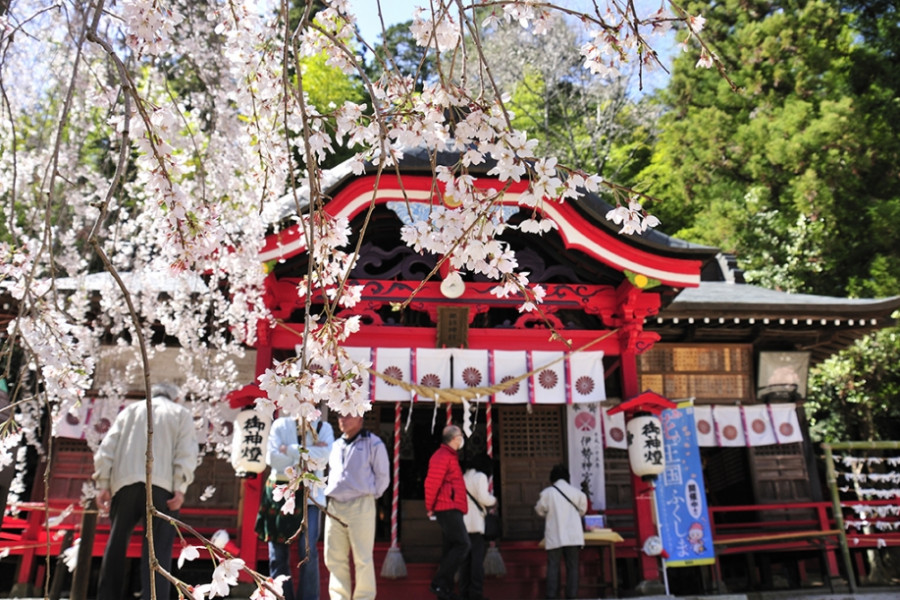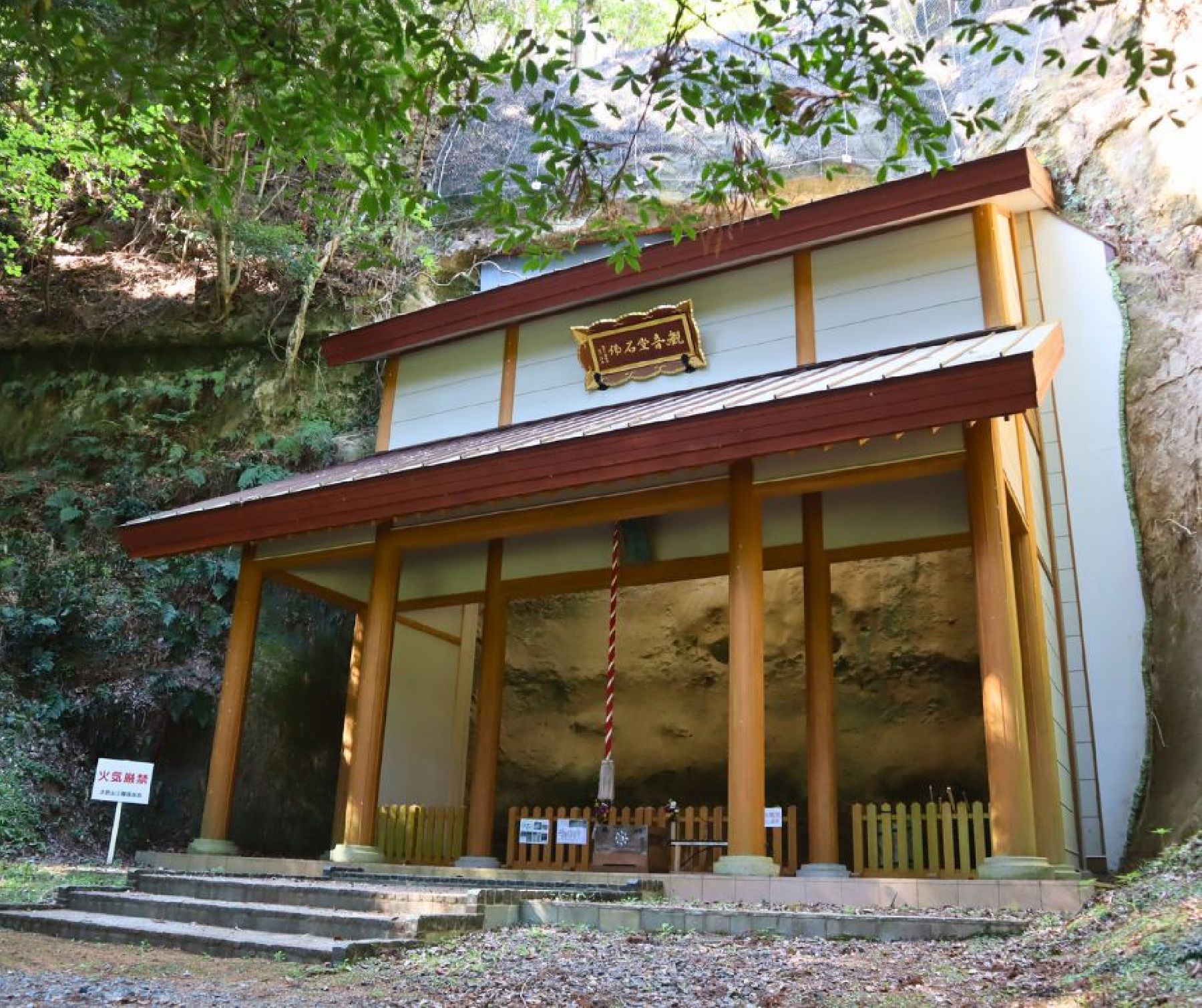
Shirahata Gingko Tree
Listed as a prefectural natural monument, the striking sight of the red torii gate at the foot of Shirahata Gingko Tree brings photographers and sightseers from up and down the eastern coast of Tohoku.It's also known as the 'upside-down gingko', owing to a legend that warlord Date Masamune planted a gingko whip upside down in the ground during an attack on Shinchi in the late 1500s. The best time to see the vibrant yellow leaves is usually the last week of November or first week of December.Although there is no parking lot specifically, there is space for cars to park on the green within sight of the tree.







